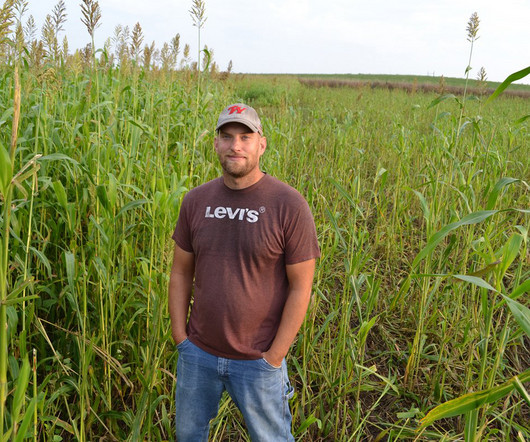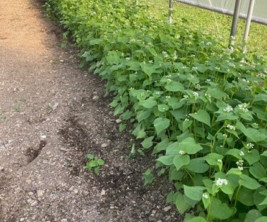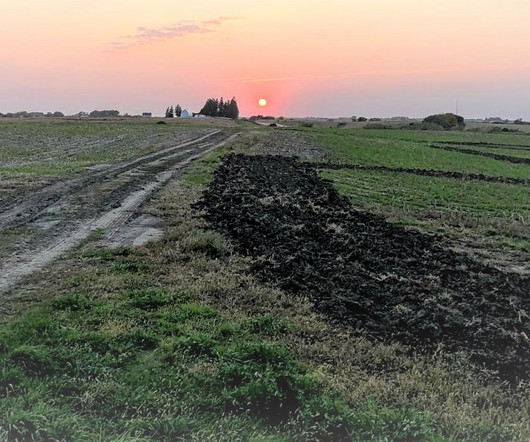An Ancient Grain Made New Again: How Sorghum Could Help U.S. Farms Adapt to Climate Change
Agritecture Blog
MARCH 3, 2023
During a normal year, he typically harvests about 150 bushels per acre of corn. Last year, he averaged only 22 per acre. His soybean and wheat crops were also impacted. But there was one crop that suffered less. “It Nobody likes it, though, because it’s itchy at harvest time.” (The














Let's personalize your content